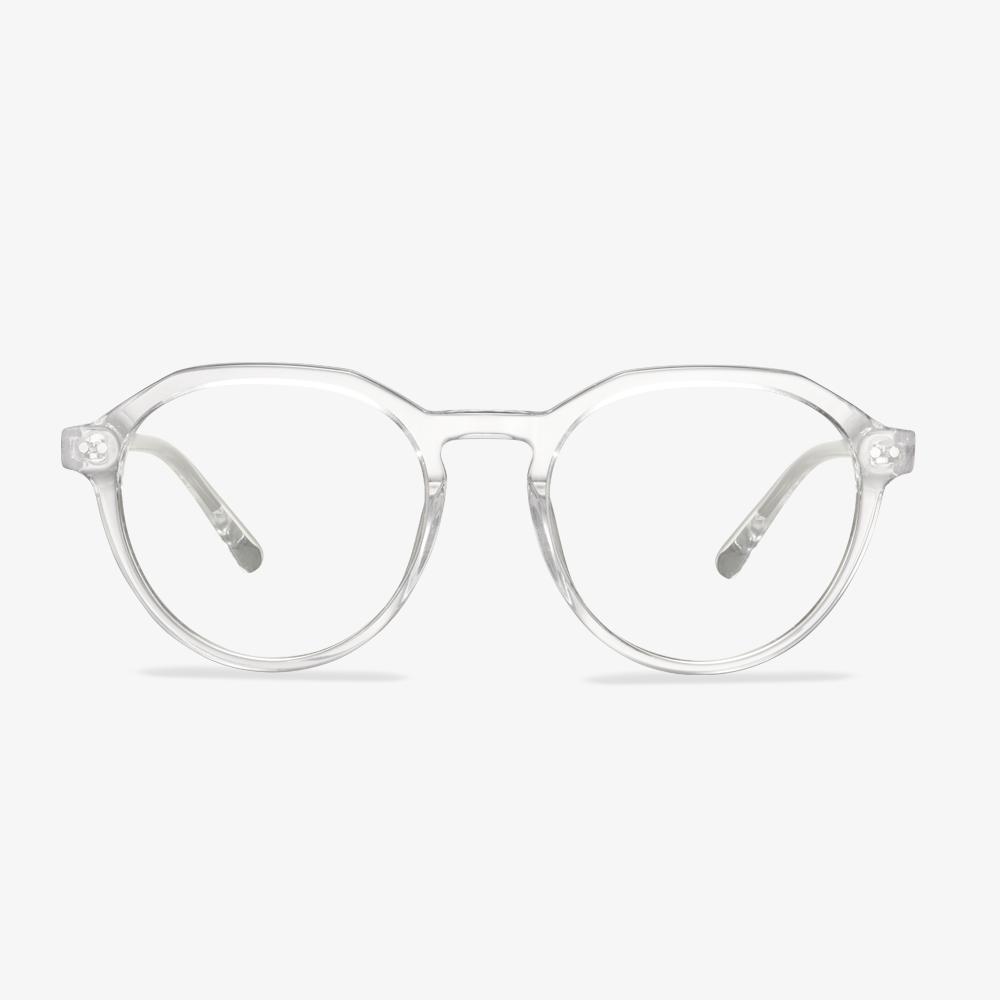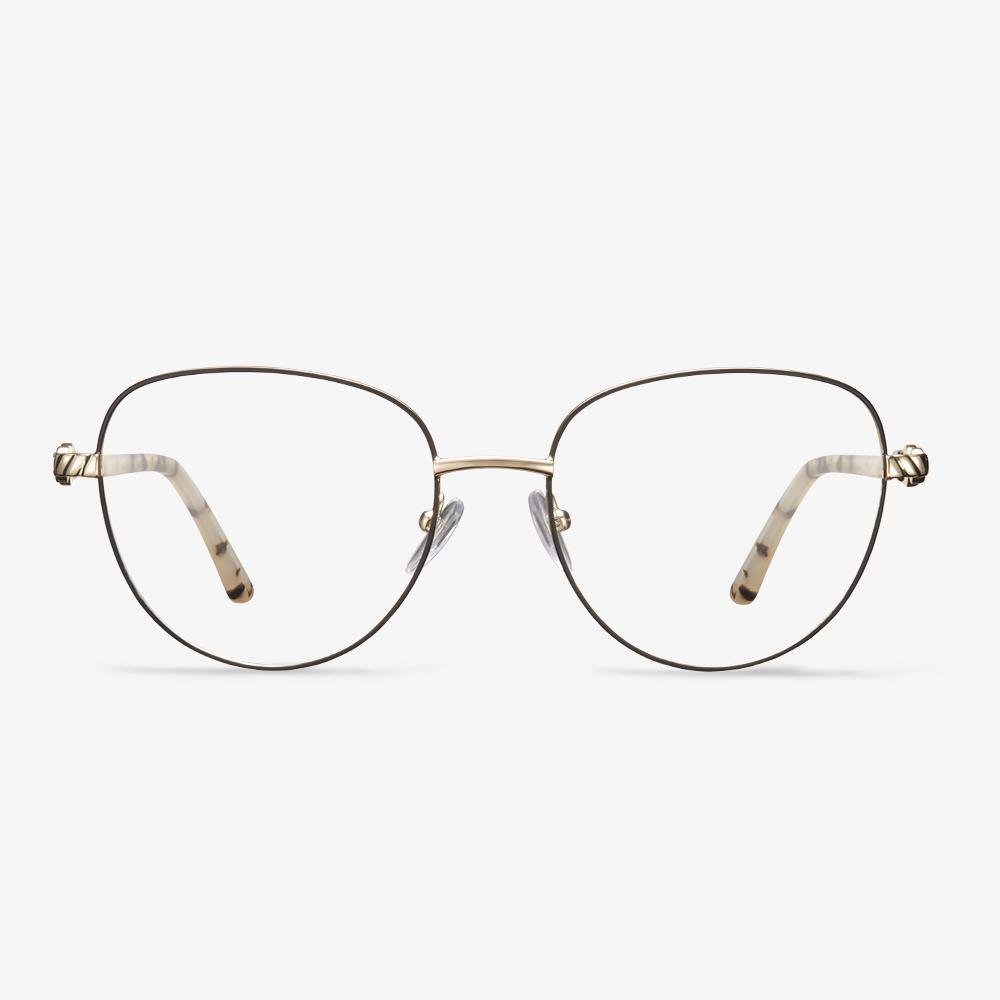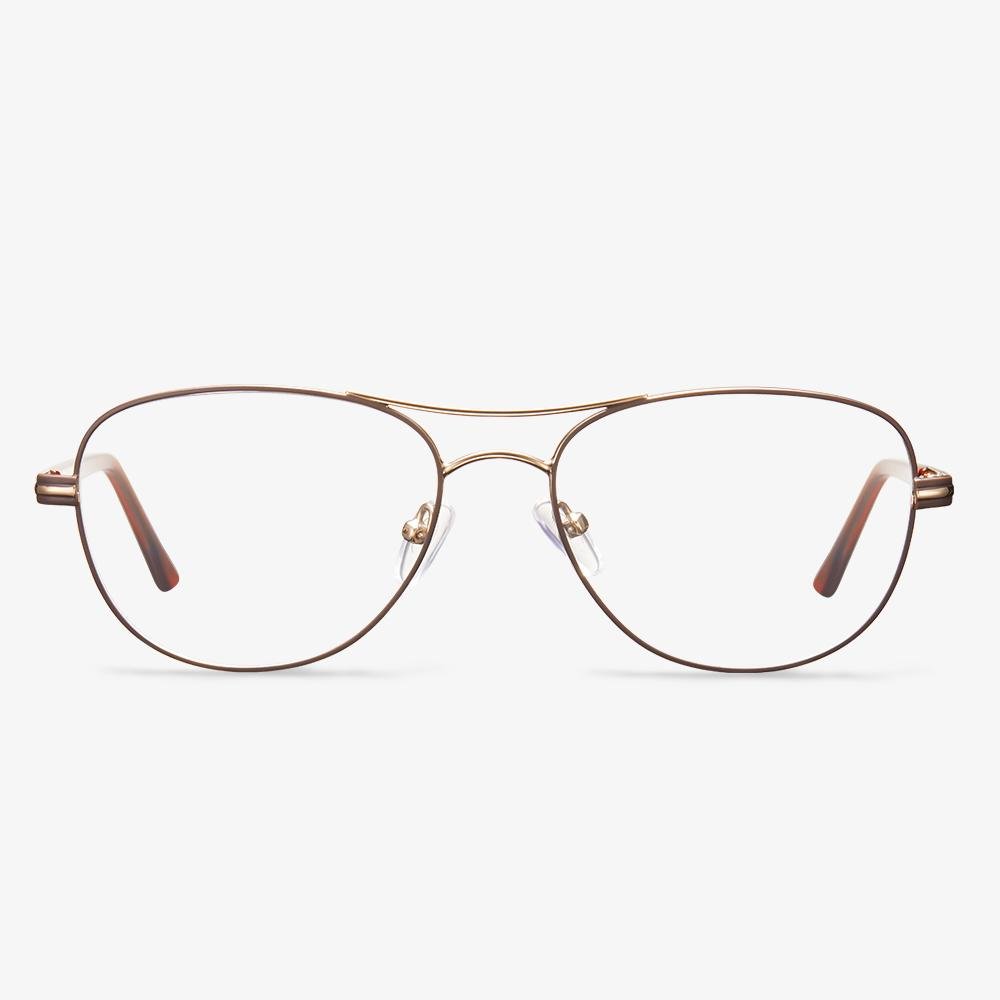For people with myopia, glasses and eyeglasses should be well protected. But people who wear glasses will encounter the situation that the lens is scratched and the vision is affected. In fact, most scratches are relatively simple to repair. If the degree of wear and tear is not serious, there is no need to spend money on new glasses.
Method 1. Repair minor scratches
1. Treat the lens with liquid.
You can rinse the glasses under the tap for a minute, or use a special eyeglass cleaning solution to clean the lenses. Window cleaner sprays also work well.
Do not treat lenses with liquids that contain abrasive materials or highly concentrated acids. The latter point will be illustrated later with an example. The surface of the lens is usually covered with a coating. When you clean or wipe your lenses, you're really only touching the outermost film. To repair a scratch is to remove a small amount of plating. So, in the initial stages of scratch repair, the less plating removed, the better.
2. Wipe the glasses with a soft microfiber cloth specially designed for cleaning lenses.
To clean the lens, be sure to use a special fiber cloth for glasses. Do not wipe the lens with a rough cloth. Although the design of the microfiber cloth makes it more suitable for grinding the coating on the lens, in principle, it is still necessary to preserve the coating as much as possible.
A microfiber cloth is the most basic tool for cleaning lenses. Because the fibers of the fabric are so small, the scratches left by wiping the lenses with it are invisible to the naked eye.
3. Wipe the lens from left to right or from top to bottom.
Do not rub the lens in a circular motion, as this will leave circular smudges on the coating on the outside of the lens.
Method 2: Repair more serious scratches with toothpaste
1. Apply toothpaste on the lens scratches.
Toothpaste contains very small abrasive particles that can polish the lens.
2. Rub the lens coated with toothpaste with a soft cloth.
Again, don't wipe the lenses with a harsh cloth, or you'll get more scratches on the lenses.
3. Wipe the lens from left to right or from top to bottom.
Do not rub in circular motions, as this will leave circular wear marks on the lens.
Compared with toothpaste and microfiber, the grinding effect of the former is more obvious. If you use toothpaste to rub one place intensively for a long time, the coating in this area will be completely polished, and the inner layer of the lens will also be damaged.
4. Wash away the toothpaste.
Warm water, lens cleaning fluid, or a combination of both can be used to remove the toothpaste.
5. Use a microfiber cloth for final cleaning.
If there are smudges from fingers or half-rinsed toothpaste on the lens surface, give it a final wipe with a microfiber cloth.
Method 3: Repair severe scratches with glass etchant
1. Purchase the necessary materials.
Usually in order to etch the glass and carve a frosted pattern, you need to use a relatively strong acid. In this article, glass etchant is used to remove the coating on the surface of the lens. Materials needed include:
Glass etchant. The most famous etchant brand is Armor Etch, but you can also choose other brands of similar products.
Good quality rubber gloves to protect your hands.
A cotton swab or other tool used to apply the etchant to the lens.
2. Use a cotton swab to apply the etching solution to the lens.
Do not rub hard, just apply directly. The etchant is very acidic, so you need to be quick. Apply the liquid just enough to fill the lens.
3. Let the lens coated with etching solution stand for a while, and the time should not exceed 5 minutes.
The etchant is extremely acidic, and prolonged contact with the lens may result in damage to the lens.
4. Rinse off the etchant.
Rinse the lenses directly with water unless the instructions require otherwise. Rinse thoroughly without leaving even the slightest acidic residue.
5. Wipe the glasses with a microfiber cloth.
Finally, wipe the glasses clean with a microfiber cloth. Note that this step still needs to be wiped back and forth horizontally or vertically.
The above method is only applicable to resin lenses with coating. Most glasses manufactured today are eligible for the appeal, but older glasses cannot be restored by these methods.
Be careful whichever method you use. Glasses are expensive, so think about it before you start.
Either way will wear off the protective coating on the surface of the lens, which must be understood clearly.













































